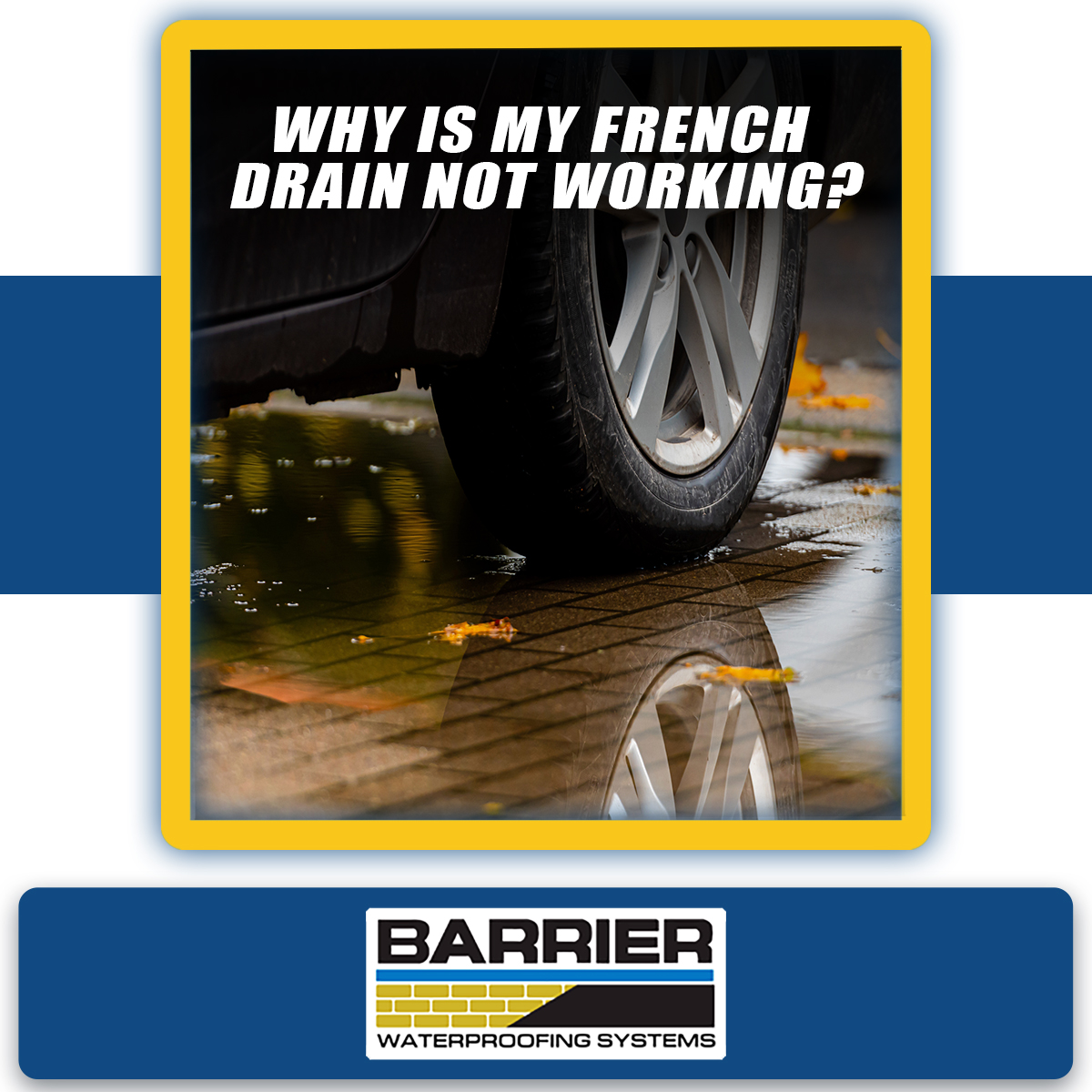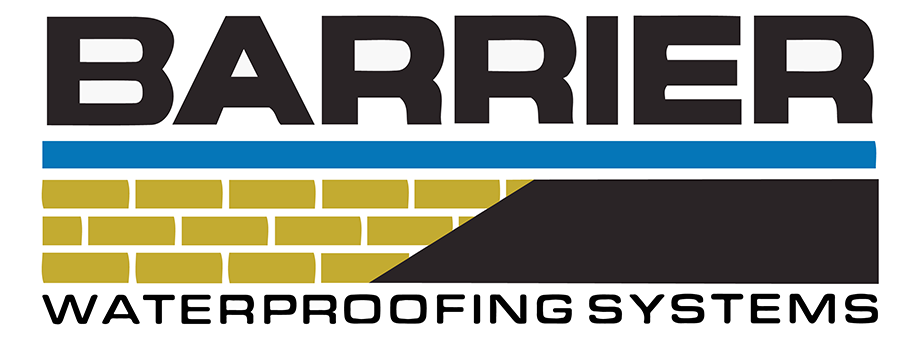Many homeowners across the nation have chosen a french drain system to maintain a desirable property. When working properly, it keeps water from building up around your house by draining it away from the foundation. However, a french drain can malfunction just like many other systems that are used to keep your home running smoothly (think gutter systems, for example.) When your French drain is not working properly, any area that regularly receives water will only fill up as it once did and remain full of standing water for long periods of time.
Look for indicators of basement leaks or standing water in normally drained areas to see if your French drain is working properly. You can remove some of the gravel your French drain is hidden in to get a better view. Uncovering the termination point of your French drain is a fantastic way to observe if water is exiting the drain pipe as it should.
4 Ways to Determine Whether or Not Your French Drain Is Working
Flooding, leaks, and property damage can result from too much water. If your French drain is plugged up, water will not be directed away from your home. If you suspect a clog in your French drain, look for the following signs:
- Be on the lookout for any standing water.
French drains collect rainwater and channel it downward. You have a drainage problem if surface water is standing in low sections of your yard that are supposed to flow into your French drain. Your French drain is working properly if the low sections of your yard are as hard and dry as the higher areas.
- Examine the low regions of your yard that should lead to the French drain.
- Your French drain is not working if the ground is saturated, swampy, or squishy.
- Low terrain should be as well-drained as higher ground with a well-functioning French drain.
When examining the health of your French drain, look for excessive standing water or marshy soil as the first warning indicator. If this happens to you, search for the following indicators of a clogged drainage system.
- Check for Flooding in the Basement
French drains around foundations are commonly constructed to minimize flooding of the basement. If your French drain isn’t operating correctly, there is a strong possibility your basement walls will leak or you will begin to see evidence of mold and mildew.
- Look for leaks, wet walls, moisture, mildew, and mold in your basement.
- Water infiltration in the basement indicates a problem with your French drain.
- The Water Level In Your Drainage Trench Needs Checking
To check if your French drain is working properly, select a portion of your drain and, using a shovel or trowel, remove some of the gravel in your drainage trench until the drain pipe is exposed. Is any water left in the drainage trench that hasn’t been drained? Is the water level rising higher than the drainage pipe? If this is the situation, your French drain is broken.
- Remove the gravel from a piece of the drain pipe with a shovel. Avoid damaging the pipe or any landscape cloth that has been wrapped around it.
- Examine the drain pipe and the area around it.
- The drain is not working if water is standing in the drainage ditch or coming up over the top of the drainpipe.
Your French drain works correctly if the gravel is relatively dry and there is no standing water in the drainage ditch.
A French drain is a gravel-encased perforated pipe. The floodwater filters up through the gravel and into the openings at the bottom of the pipe as it pours into the trench. The water is subsequently drained downwards via the drain. The drain isn’t operating if your drainage trench is overflowing or full. It’s possible that plugged holes in the French drainpipe are to blame. Tree roots or sediment are just some of the organic materials that can obstruct a drain.
- Examine the Drain Termination Point (DTP).
Check whether the water that runs into the drainage ditch flows out the other end of the pipe to see if your French drain is operating. To do so, follow these steps:
- Locate the drain’s downhill ending location. An example is a dry well or a pipe end that sends water into a gutter.
- If the endpoint is below ground level, uncover it.
- Direct water into the drainage ditch 10–20 feet (3–6 meters) upwards from the termination point with a garden hose.
- Wait 1–2 minutes for the water to rise in the trench to the point where it reaches the drain pipe.
- The French drain is operational when water begins to flow out of the pipe end.
- The French drain is clogged if water does not flow out of the pipe.
How Do I Unclog a Blocked French Drain?
It’s common for tree roots, plant roots, and debris to plug foundation drains. It’s also possible for old foundation drains to collapse. A drain-cleaning business may be able to clear the obstruction using a water-jet drain-cleaning machine if the drain is otherwise in good condition and is relatively new. The best remedy is to repair and unclog the drain.
Replacing the footing drain with a new gravel-and-pipe system is less appealing and significantly more expensive. This can cost thousands of dollars and leave behind damaged landscaping. The good news is that you’ll have a dry basement if it comes to that, and the repair will improve your home.
How do we help?
Barrier Waterproofing Systems specializes in basement waterproofing, crawl space, and foundation repair and is an educated, responsible, and innovative organization. Our goal as your local Professional Waterproofing Experts in Tennessee is to correctly handle the frequent moisture intrusion concerns with your property and allow you to further improve the quality of the environment of your home. Give us a call today at (615) 257-1060 | (931) 536-1168 and schedule a FREE evaluation of your french drain systems or wet foundation today!

